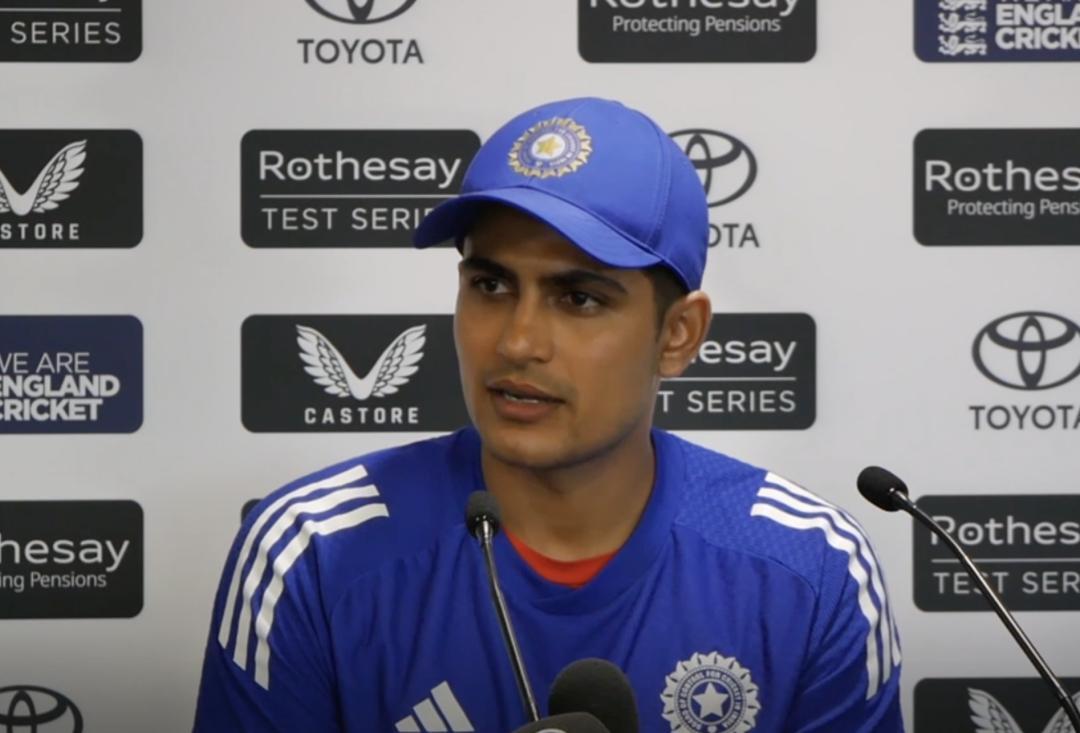
The Game Loses its Essence: Gill on Flat Pitches & Dukes Ball
In a recent match between England and India, the Indian Test captain, Shubman Gill, expressed his concerns about the current state of Test cricket. He believes that the combination of flat pitches and the Dukes ball is making the game challenging for the bowlers. In an interview, Gill stated, “If you know there [are] only 20 overs of any help and then you have to spend the rest of the day on the defensive, thinking how to stop runs, then the game loses its essence.”
Gill’s statement highlights the issues faced by bowlers in modern-day Test cricket. The Dukes ball, which is used in English county cricket, is known for its swing and seam movement. However, the flat pitches being prepared for Test matches are making it difficult for the bowlers to get any assistance from the surface. As a result, they are forced to rely solely on their skills and tactics to contain the opposition’s batting.
The issue of flat pitches is not new to Test cricket. In the past, teams have often struggled to take 20 wickets on flat surfaces, leading to drawn matches. However, the problem has become more pronounced in recent years, with many pitches being prepared with the intention of helping the batsmen. This has led to a decline in the number of exciting matches, with many games being won by large margins or ending in draws.
Gill’s statement has sparked a debate about the state of Test cricket. Some critics argue that the game is becoming too batsman-friendly, with teams being able to score big runs on flat surfaces. They believe that the bowlers are not being given enough assistance from the surface, making it difficult for them to take wickets.
On the other hand, some fans argue that the game is still an exciting and challenging format. They believe that the bowlers have adapted to the new conditions and are finding ways to take wickets despite the lack of assistance from the surface. They also argue that the batsmen are still required to be skilled and patient, as they need to be able to score runs on surfaces that are not offering much assistance.
The debate surrounding the state of Test cricket is not new. In the past, there have been concerns about the format’s relevance and the lack of excitement in matches. However, Test cricket has always managed to adapt and evolve, with changes being made to the rules and format to keep the game exciting and challenging.
One possible solution to the problem of flat pitches is to introduce more variable surfaces. This could be achieved by preparing pitches that offer some assistance to the bowlers, such as uneven bounce or variable pace. This would require a change in the way that pitches are prepared, with teams being required to work together to create surfaces that are challenging for both batsmen and bowlers.
Another solution could be to introduce a new type of ball. The Dukes ball is designed to swing and seam, but it is not always effective on flat surfaces. A new type of ball that can be used on flat surfaces could be developed, which would provide more assistance to the bowlers.
In conclusion, Shubman Gill’s statement highlights the challenges faced by bowlers in modern-day Test cricket. The combination of flat pitches and the Dukes ball is making it difficult for bowlers to take wickets, leading to a decline in the number of exciting matches. However, the game is still an exciting and challenging format, and there are ways to adapt and evolve to keep the game exciting and relevant.
Sources:






